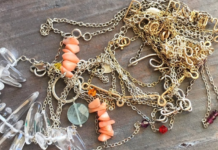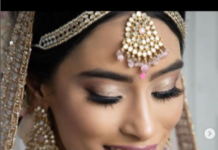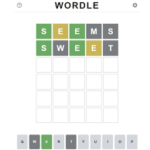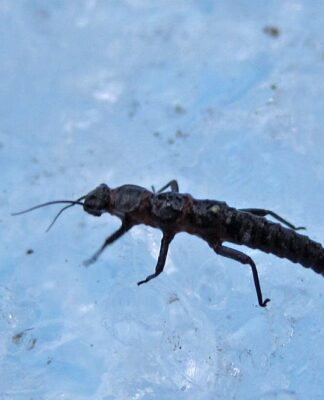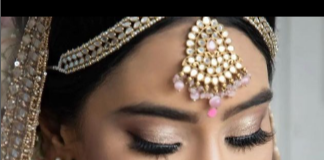Imagine a situation where you find your grandmother’s jewellery box filled with lovely necklaces, earrings, brooches, and a few scattered diamonds at the bottom. However, you’re confused about whether these are genuine diamonds, given that she never disclosed them to you.
The popularity and high cost of diamonds have spawned an entire industry of imitation gemstones that look like authentic items, such as a genuine diamond necklace or a pair of diamond earrings.
The dilemma is that it’s generally difficult to tell whether it’s real or fake by merely looking at a diamond. Fortunately, there are several options for discovering the truth.
This blog details eight straightforward tests you can perform at home to determine whether your diamonds are genuine.
Electronic Testers
Purchasing a diamond tester from an online store is the easiest and most effective way of determining the authenticity of a diamond. These low-cost instruments can speak volumes about your stone’s qualities.
The Newspaper Test
Place the gemstone on a piece of newspaper. You may have a quartz or glass diamond if you can read the text through the gem.
Real diamonds have a significant light dispersion and refractive index, which means they bend light and make it challenging to see through them. Diamonds can appear brighter and more vivid than plain glass due to their particular characteristics.
The Haze Test
A diamond is excellent at dissipating heat. It should rapidly evaporate the fog if you hold it up towards your mouth and employ the fogging procedure as you do when wiping a mirror. If the fog lasts longer than 3-4 seconds on the diamond, you could be carrying a fake.
The Rainbow Test
You should observe gorgeous colours of grey reflections if you look intently at a diamond’s shine. If you notice a lot of rainbow reflections, you’re looking at a low-quality gemstone or a phoney one.
The Weighing Procedure
You may determine the weight of a diamond by employing a gram or carat scale. Imitation diamonds are usually 50%-70% heavier than genuine diamonds of comparable size.
The Ultraviolet (UV) Assessment
If you have access to a black or UV light, you may wish to do this quick test on diamonds that you buy or receive. In a dark room, position the gemstone underneath the light.
A luminous blue glow should be visible if the gem is genuine. However, the lack of blue does not always indicate that it is a fake; it could merely be a higher-quality gem. It could be deceptive if you observe a faint grey, green, or yellow glow under UV light.
The Defect Examination
Minuscule imperfections in diamonds, such as tiny cracks, remnants of carbon, or pinpoints, are common. These defects are known as inclusions, and they can affect the diamond’s clarity.
The lower the number of imperfections in a diamond, the higher its clarity rating. You may use a magnifying lens to look for these minor flaws. You either have an extremely valuable, unique diamond or a counterfeit if you can’t see anything.
If such is the case, you may wish to have this checked out by a professional jeweller.
Summing Up
While digging through your relative’s will for the diamond necklace she left you, keep in mind that the advice above is simply a guide and should be used with prudence. If you have any doubts about the quality of diamonds you have purchased or received, see a competent valuer or jeweller.
Hoping this blog has given you some insight into how to detect if a diamond is real so that you can make informed decisions about your purchases.
Happy shopping, diamond enthusiasts!



